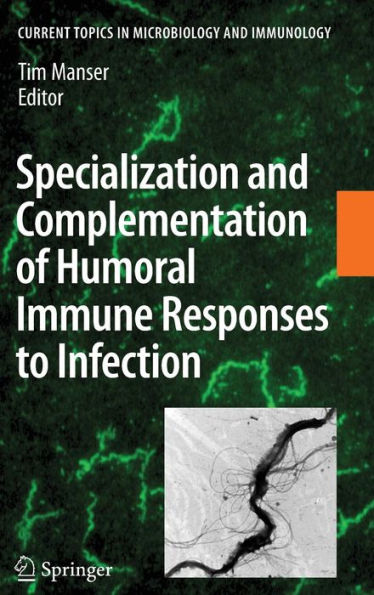5
1
9783540738992


Specialization and Complementation of Humoral Immune Responses to Infection / Edition 1 available in Hardcover

Specialization and Complementation of Humoral Immune Responses to Infection / Edition 1
- ISBN-10:
- 3540738991
- ISBN-13:
- 9783540738992
- Pub. Date:
- 12/13/2007
- Publisher:
- Springer Berlin Heidelberg
- ISBN-10:
- 3540738991
- ISBN-13:
- 9783540738992
- Pub. Date:
- 12/13/2007
- Publisher:
- Springer Berlin Heidelberg
169.99
In Stock

Product Details
| ISBN-13: | 9783540738992 |
|---|---|
| Publisher: | Springer Berlin Heidelberg |
| Publication date: | 12/13/2007 |
| Series: | Current Topics in Microbiology and Immunology , #319 |
| Edition description: | 2008 |
| Pages: | 162 |
| Product dimensions: | 6.10(w) x 9.25(h) x 0.02(d) |
From the B&N Reads Blog
